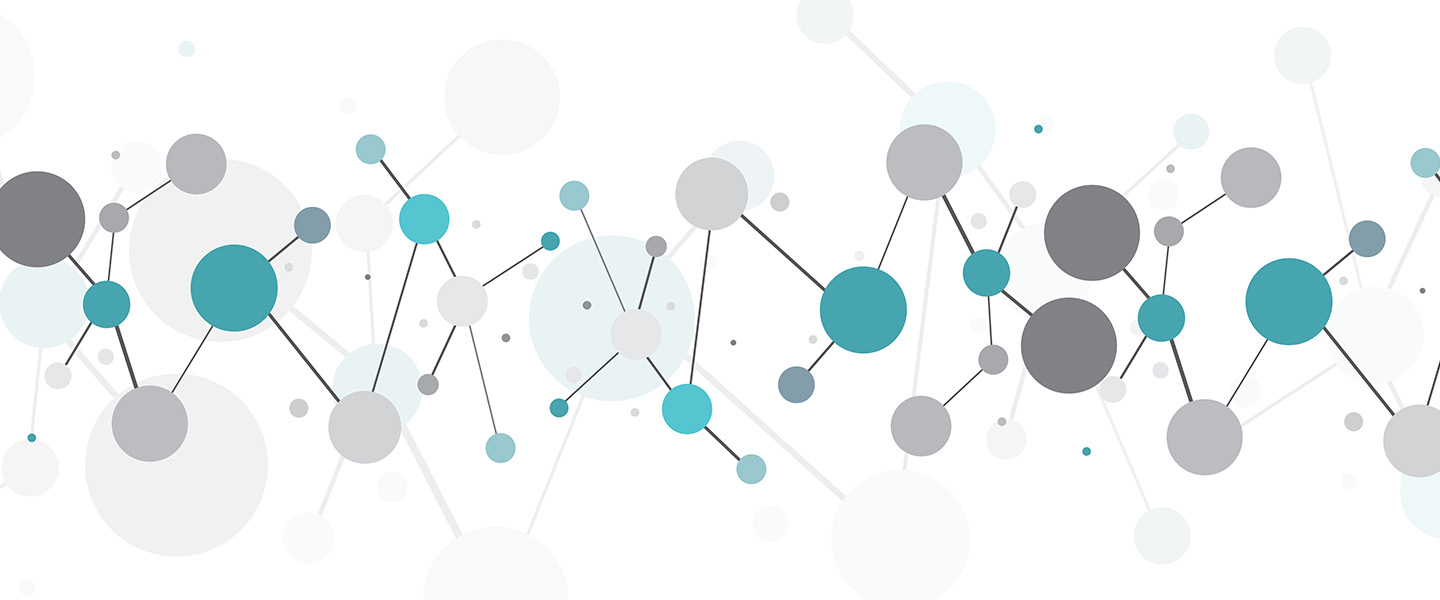In Hippocampus, Protein's Malfunction Is Potential Link to Memory and Other Impairments Seen in Schizophrenia
In Hippocampus, Protein's Malfunction Is Potential Link to Memory and Other Impairments Seen in Schizophrenia

Researchers have made an intriguing discovery about how a defective protein may be implicated in a mechanism that greatly increases the risk of schizophrenia in certain individuals and may help explain how certain schizophrenia symptoms are caused.
The protein is called synapse-associated protein 97, or SAP97. Interest in it vividly illustrates why genome studies of schizophrenia are so valuable to those trying to understand the biology of the highly complex illness.
The instructions for manufacturing the SAP97 protein are encoded in a gene called DLG1. DNA variations in DLG1 have been linked with increased schizophrenia risk in those who harbor such variations. One type of variation in DLG1 (several have been identified) has been estimated to increase schizophrenia risk 40-fold in those who harbor the variation.
But why, and through what mechanisms in the brain? While SAP97 is related to a family of proteins that are involved in glutamate-mediated communication between neurons in the brain—information is exchanged across tiny gaps between neurons called synapses—no one has been able to determine whether SAP97 plays a role in synapse communication between glutamate neurons.
Given the evidence linking DLG1 variants, defective SAP97, and schizophrenia, it has been perplexing to researchers that when the equivalent of the DLG1 gene was deleted in rodents, the absence of SAP97 protein in the animals caused no apparent change in glutamate signaling in commonly studied regions in the brain.
Researchers at the University of Southern California led by Bruce E. Herring, Ph.D., a 2016 and 2010 BBRF Young Investigator, looked for a synaptic role for SAP97 in another part of the brain, called the dentate gyrus. The dentate gyrus serves as a gateway for information entering the hippocampus, a brain region critical for learning and memory formation. Dentate gyrus dysfunction is hypothesized to be involved in the development of schizophrenia.
Among other things, the dentate gyrus controls contextual episodic memory—the conscious recollection of life experiences. This kind of memory is often altered in people with schizophrenia and may be related to other symptoms of the illness.
Dr. Herring's team intentionally impaired function of the SAP97 protein in rats and made a number of important observations. First, a class of nerve cells called granule neurons in the dentate gyrus that had reduced SAP97 function showed pronounced increases in glutamate signaling. This was produced by an increase in the number of glutamate-activated AMPA receptors present at synapses.
Second, this increase suggested to the team that SAP97, when not damaged, normally helps dampen glutamate signaling within the dentate gyrus. Third, the team noted that the large increase in glutamate signaling also produced significant deficits in the animals' contextual episodic memory. Defects in SAP97 function in the dentate gyrus alone were sufficient to cause this dysfunction, the team demonstrated.
"Similar memory deficits have been proposed to contribute to the development of delusions, disorganization, hallucinations, and the loss of a sense of personal identity" that are observed in schizophrenia, the team noted in their paper, which appeared in Nature Communications.
In short, their experiments demonstrated that defects in SAP97 can impair synaptic regulatory mechanisms in the dentate gyrus which may help generate some symptoms of schizophrenia in individuals with certain DLG1 mutations or other sources of SAP97 impairment.
"Our study reveals where SAP97 functions in the brain, and shows exactly what schizophrenia-associated mutations in this protein do to neurons," Dr. Herring commented. "Restoring proper SAP97 function and/or reducing neurotransmission mediated by AMPA receptors within the dentate gyrus," the team said, might be potential future therapeutic strategies for individuals who harbor pathological mutations in the DLG1 gene.
The team will next look for SAP97 activity in other brain areas and also attempt to determine if schizophrenia-linked mutations in other proteins produce similar increases in glutamate signaling in the dentate gyrus.



